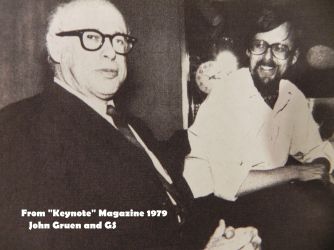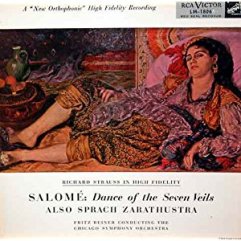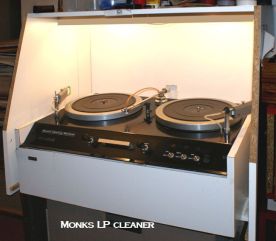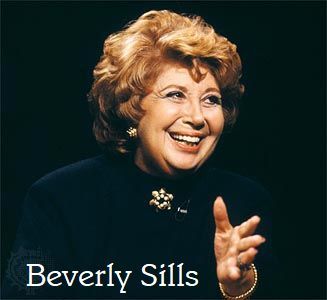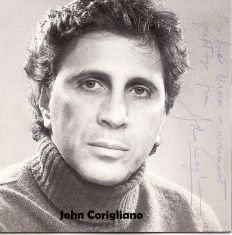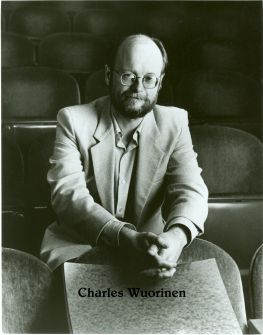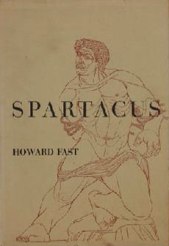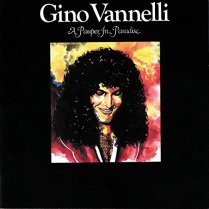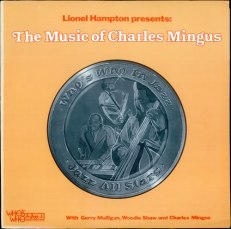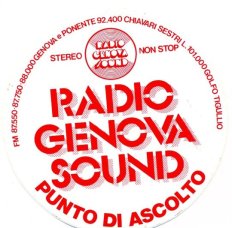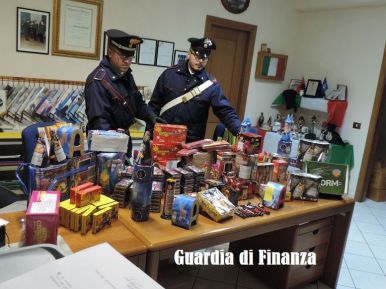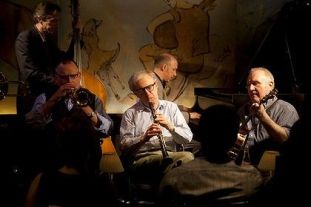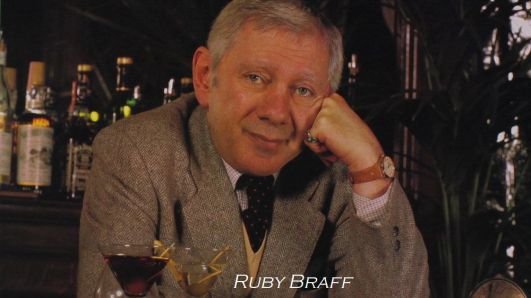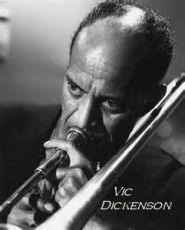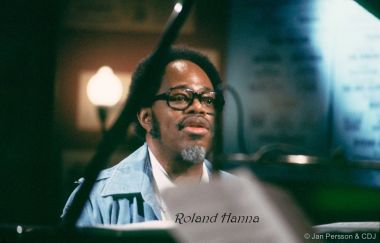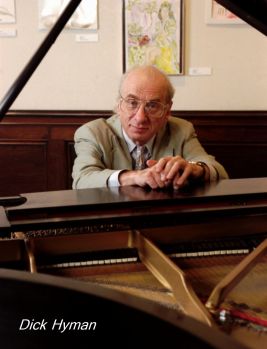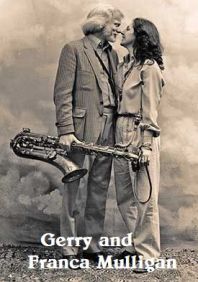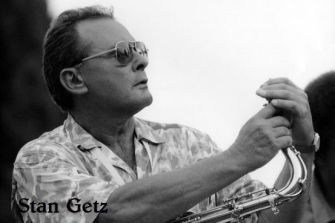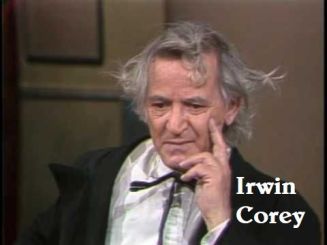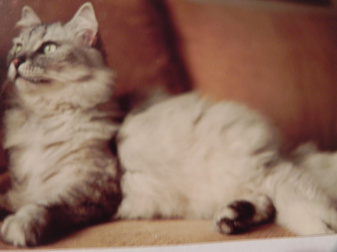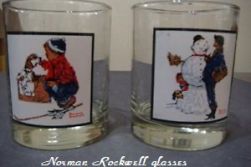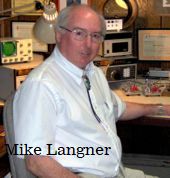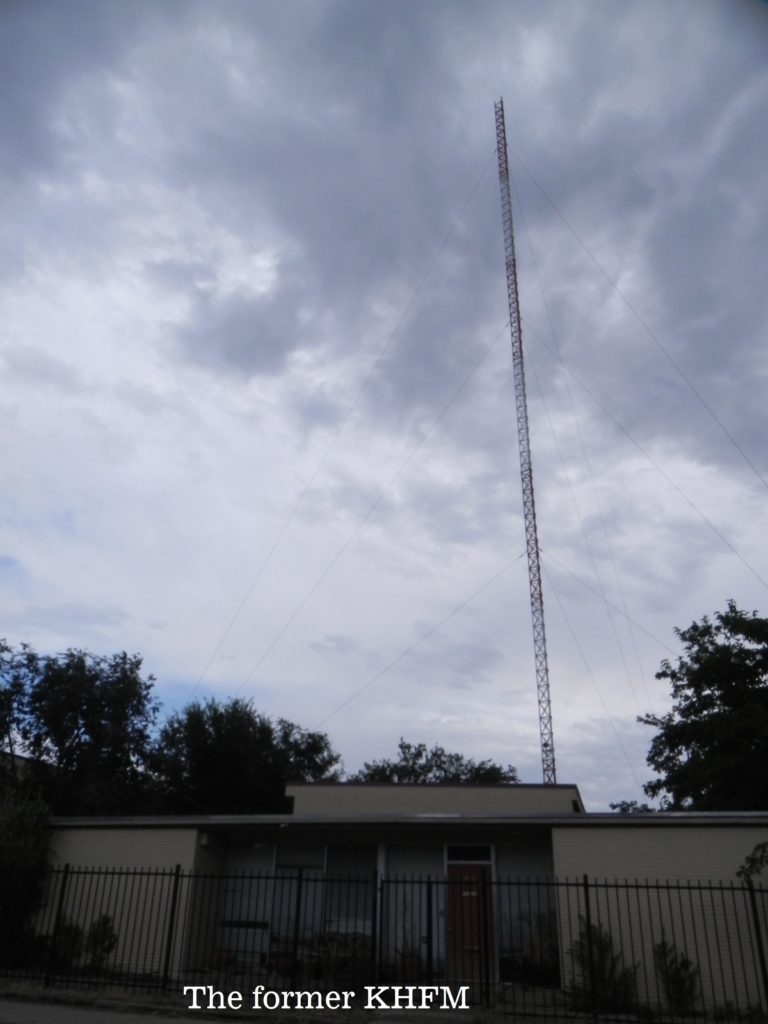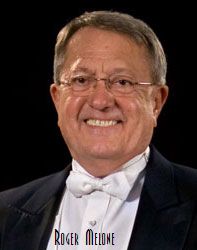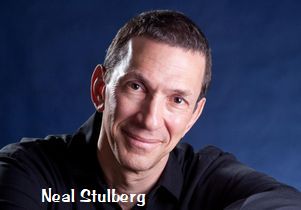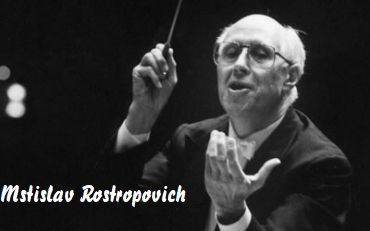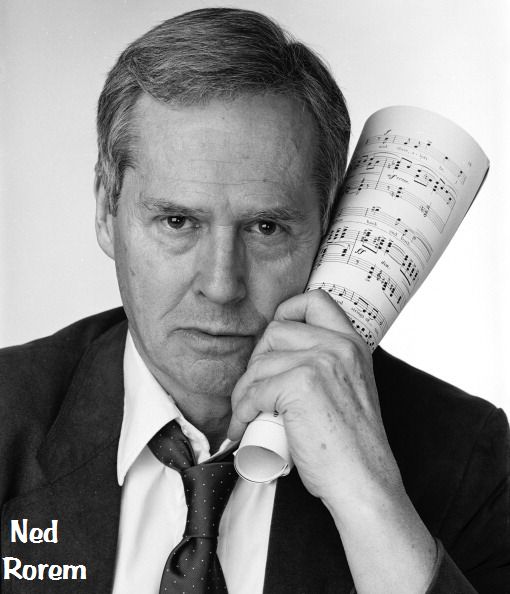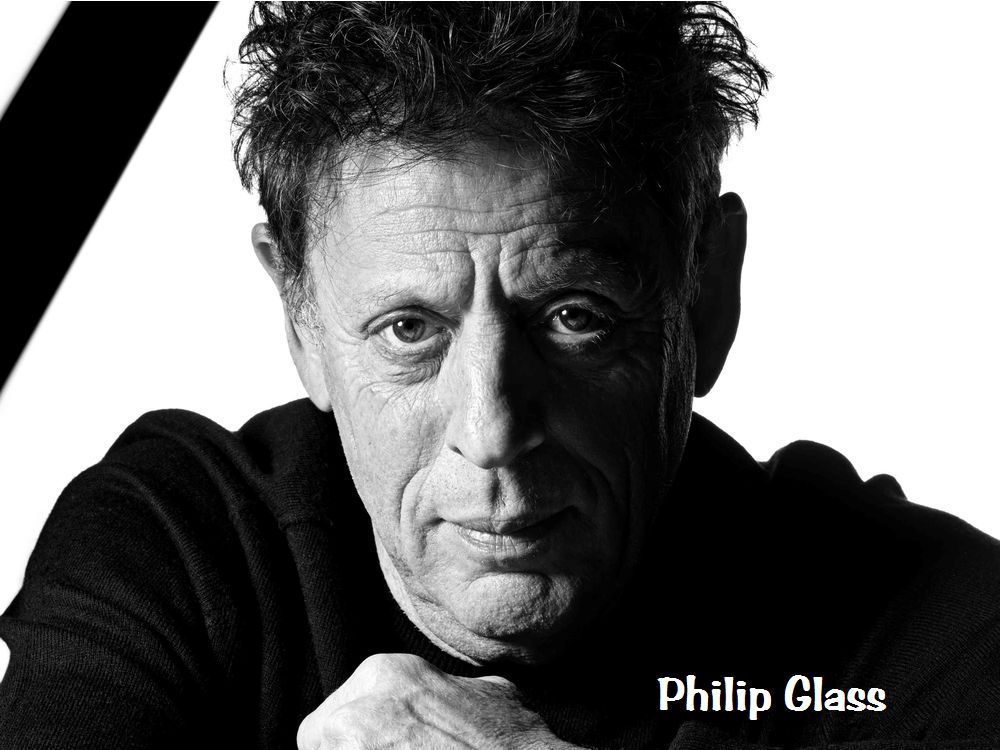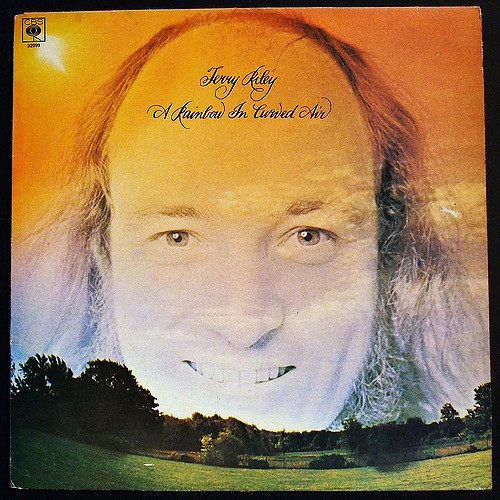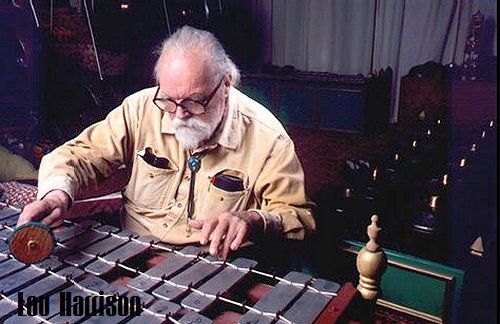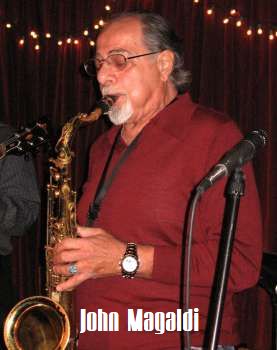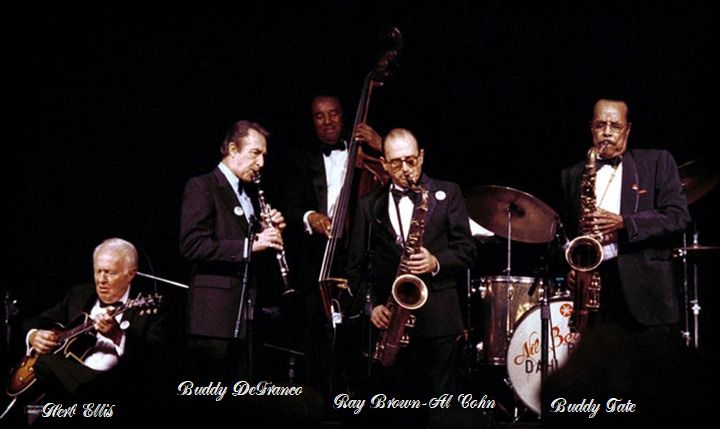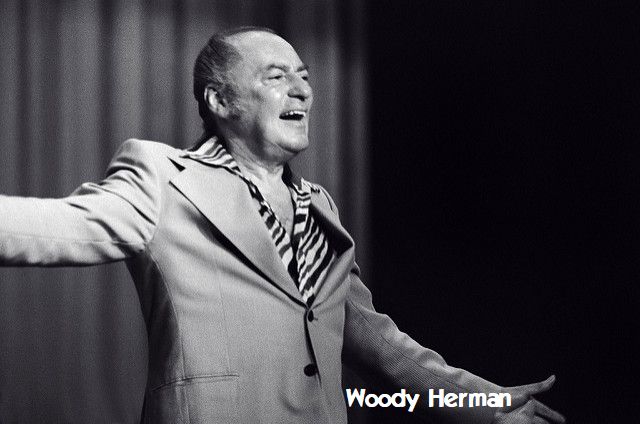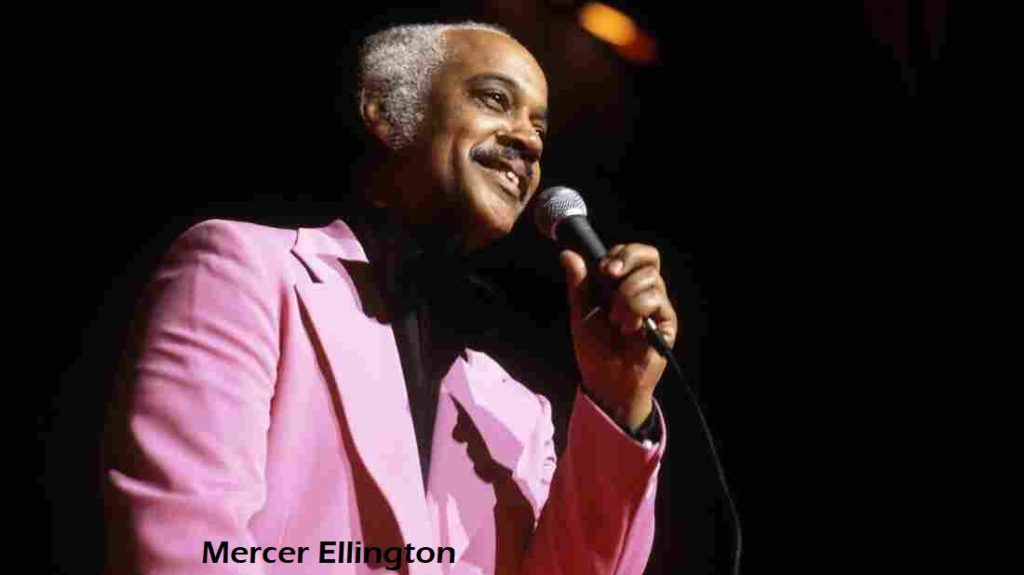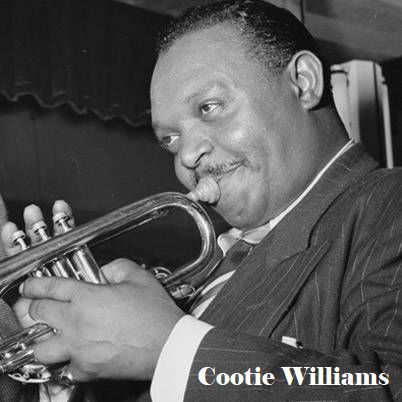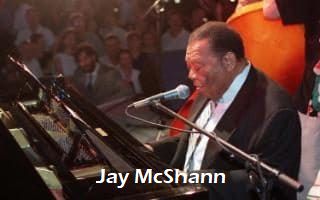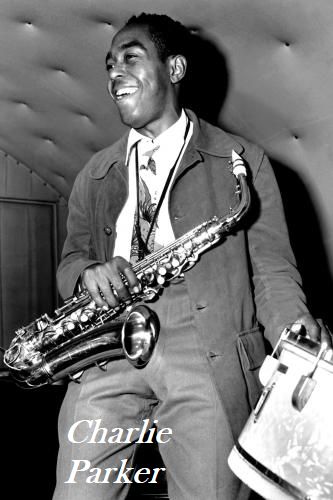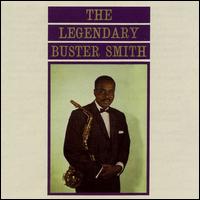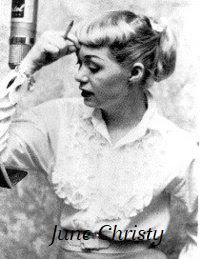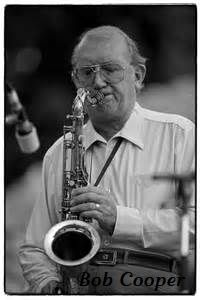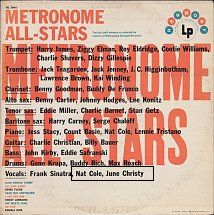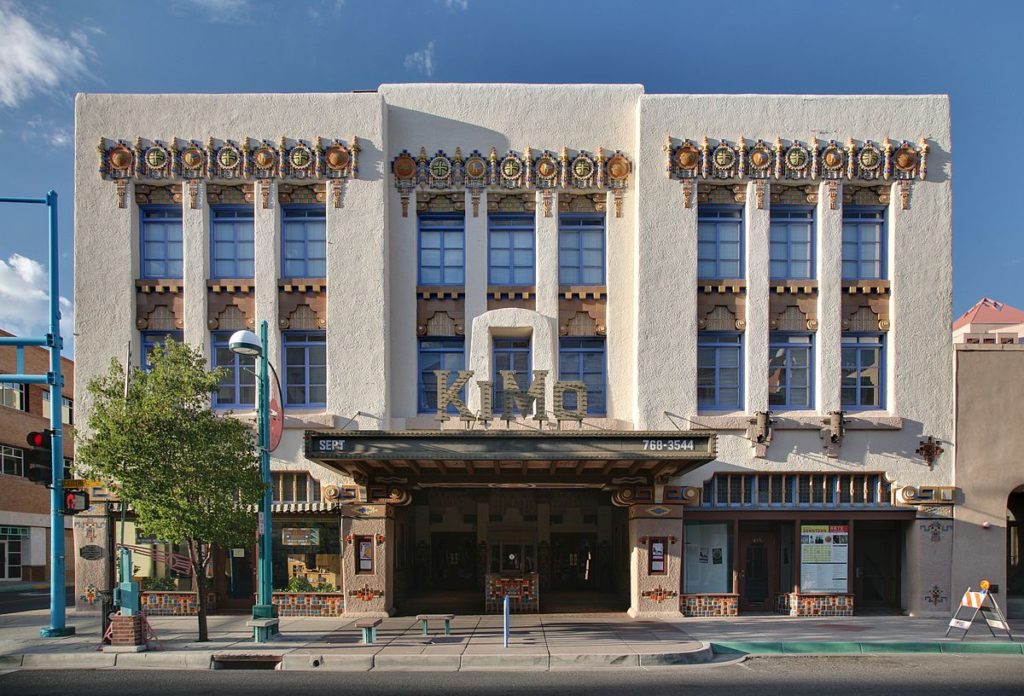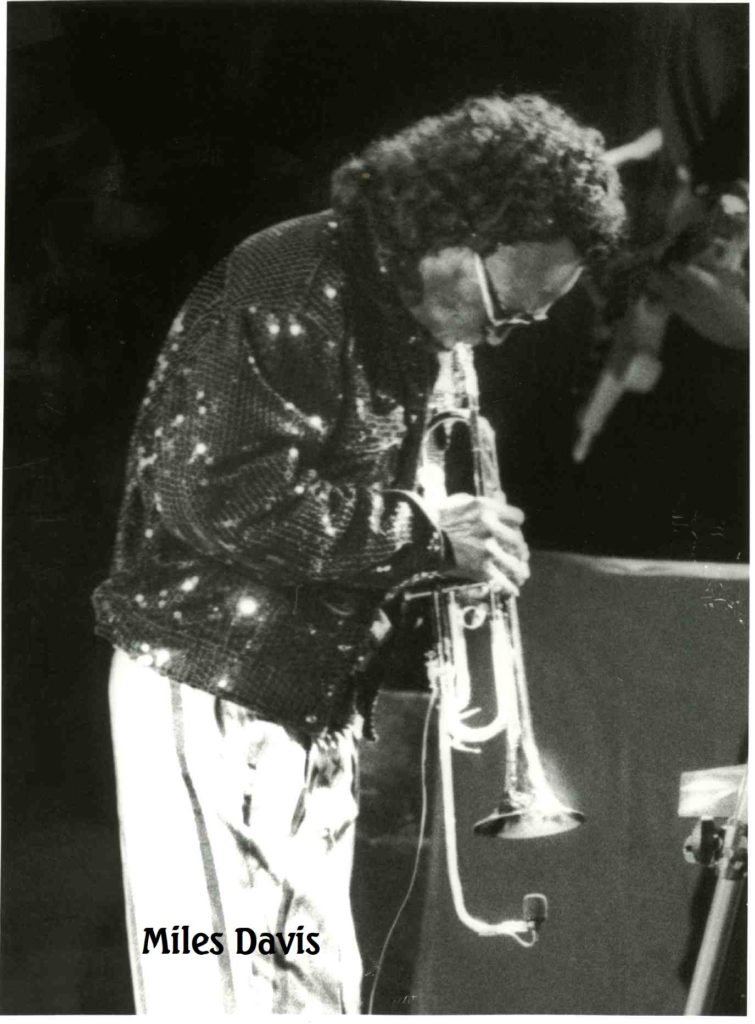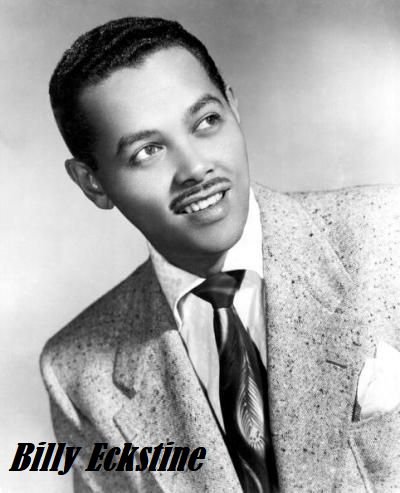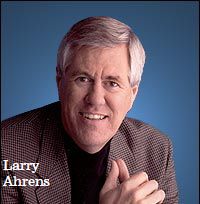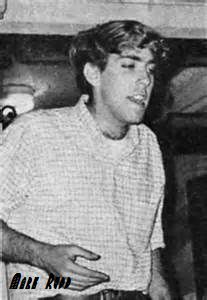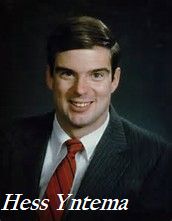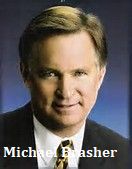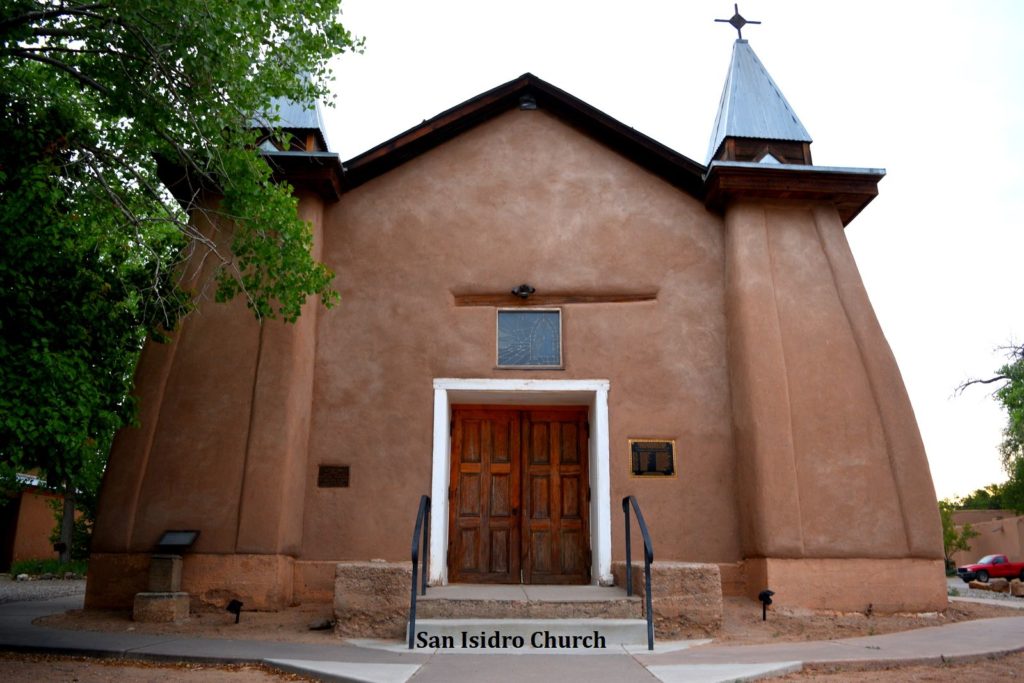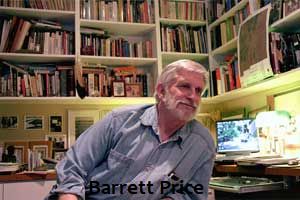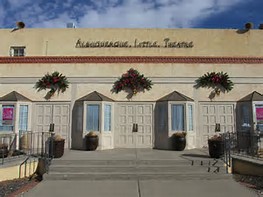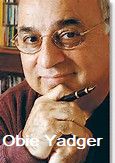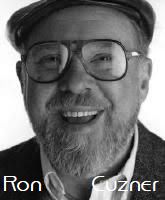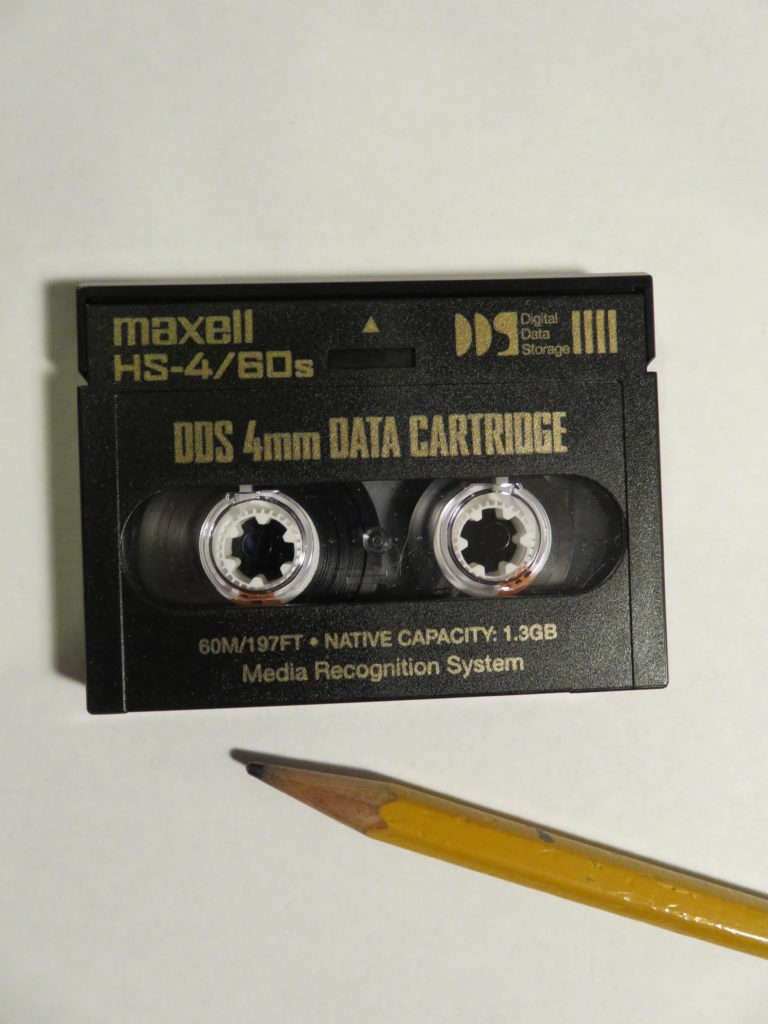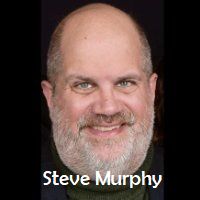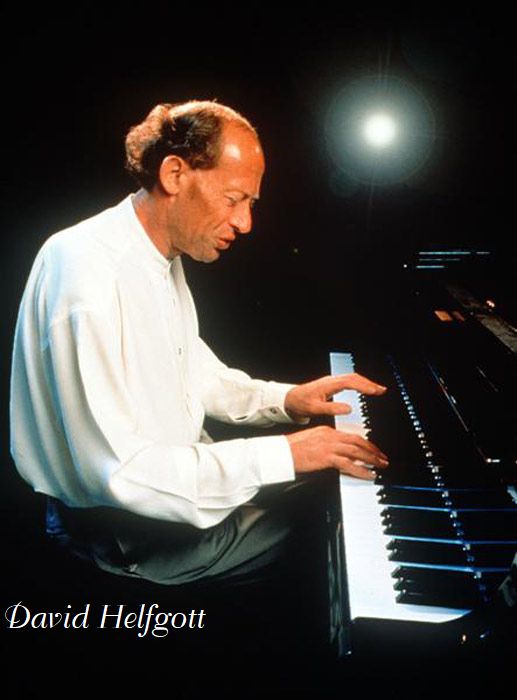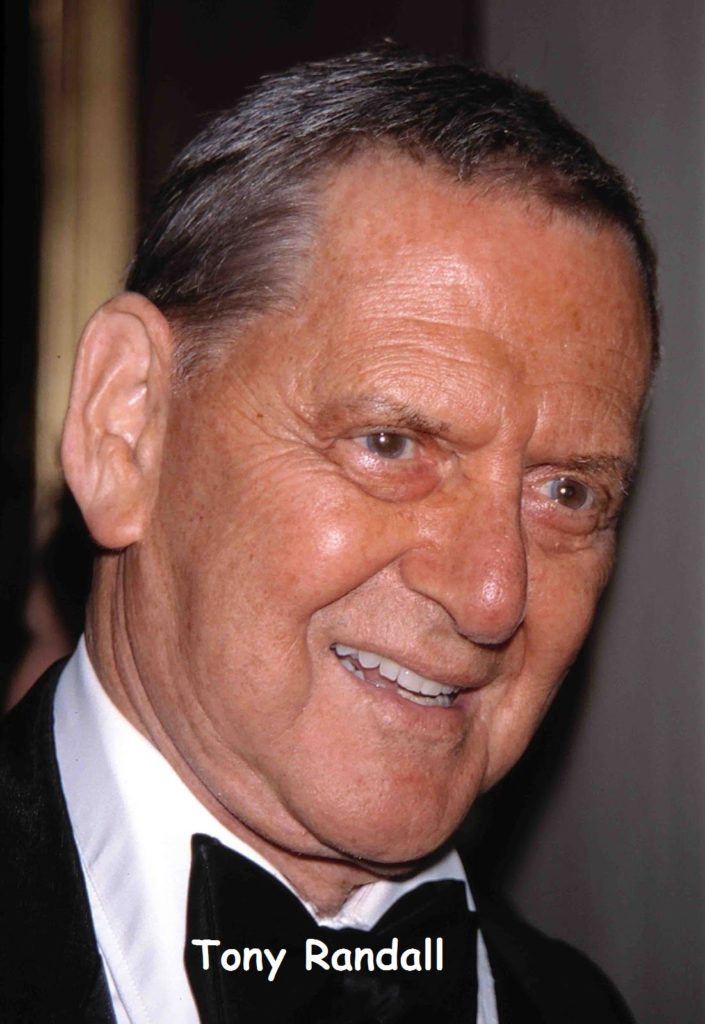(Partial entry)
Clearly, what comes next is not about performing. It’s about adapting to Italian ways.
We settled in Genoa, where I had gotten a job teaching English to Italian adults at The British School and found an apartment in the city’s oldest section, Centro Storico (Historic Center), a place full of life and vitality. Open balconies looked out over the tiny Piazza San Luca, where a small church had bell-ringing worship on Sundays, something we late sleepers hadn’t foreseen.
Weekdays, the narrow streets below thronged with shoppers and visitors from morning to evening, people entering an appliance store, the cigarette-tobacco-candy-stamps-postcard shop (“Sale e Tabacchi,” a national government-run enterprise controlling the legal sale of salt, tobacco, and stamps), the narrow-framed place to buy women’s dresses with its “Entrata libera” (free admission) sign, and the man hustling illegal cigarette lighters, calling out “Abbiamo la bella Margherita” (“We have the beautiful Margarita”), while scanning the territory to make sure no Guardia di Finanza (Customs Police) would spot him and haul him off. All that kept buzzing, humming, and vibrating, except from noon to 3 p.m. during le ore di riposo (hours of rest); plus on Monday mornings, when everything was closed, a fire-eating street performer (who also escaped from chains in front of the very eyes of passers-by) did his act, his exhortations reverberating across the walls of the buildings surrounding him. We loved it. Most importantly, I could walk to The British School in 15 minutes from there.

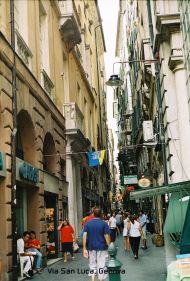
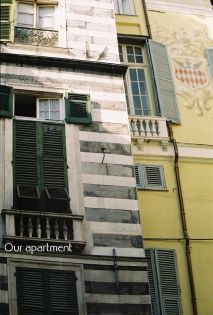
When Edward Clegg hired me, he said that there was a procedure I had to follow: obtain a permesso di sogiorno (permission to stay) from La Polizia. He didn’t say why. But, as I later learned, his Genoa school, started in 1970, was not yet legally recognized by any local Italian authorities. And never was while I taught there. I had no contract. Payment was in untaxed cash. I went immediately to the Questura, a branch of the national police. Italy has two separate, equal police forces, La Polizia and I Carabinieri. Municipal police are I Vigili Urbani and La Polizia Municipale. And don’t forget the above-named Customs Police. At the Questura, I filled out multiple, much-stamped documents declaring that I was a journalist.
Helga got a genuine job. Clegg suggested that she look into working for the big international shipping and container company SeaLand, a major presence in this biggest port in the nation. Being multi-lingual and already an experienced secretary, Helga was quickly hired. To start in October.
First, we needed to get thoroughly settled. This being Europe, we had to buy a refrigerator and stove, plus pay someone to install light fixtures and a hot water heater. A strain on our finances. We lacked furniture. All we had to start was the removable VW bed, the camping table and chairs, plus a few kitchen utensils, mostly plastic. Camping indoors.
Helga’s brother-in-law, Peter, had told us that he’d be happy to give us furniture abandoned at his moving and storage company warehouse in Vienna. We’d have to import it. With documents. Helga’s future boss at SeaLand gave us tips on how to navigate through intricate Italian customs processes. The documents required, among other things, the name of the recipient, the “capo di famiglia.” Legally, that could not be me. I had no legal status. No evident financial responsibility. A living man not the head of the family? That didn’t belong in that culture. It took a lot of dramatic pleading and some SeaLand recommendations to have a woman’s name listed as capo di famiglia.
After resolving that, Helga set off in the van for Vienna to choose furniture to be transported and acquire other things which her family would donate, such as lamps, dishes, silverware. The one-day-990 km (620 miles) trip would take about 10 hours.
After lunch together in Verona, Helga drove north and I bought a train ticket to Genoa. The train departed Verona at 3:12 p.m. It never got me home. All passengers had to get off in Milano. Uno sciopero having stopped us in our tracks. Not, as it turns out, a rare event. “Sciopero” would be translated as “strike,” except that such strikes often have been unlike American ones. They usually are work stoppages. Sometimes shorter than a day.
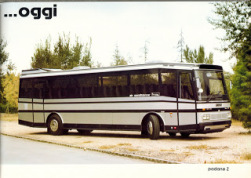
When an announcement came over the train loudspeaker upon arrival in Milano, I didn’t understand enough Italian to grasp why everyone, grumbling, was getting off. But a Genoa-bound newly-wed young woman spoke enough English to explain. She said that everyone would get rides home in I Pullman. Weren’t they some kind of trains? Sleeping cars? No. The words mean large inter-city buses. Ours stopped outside every local train station all the way to Genoa. I arrived home at 3 a.m.
It became clear that scioperi were most often held to demonstrate the power and meaning of unions. The reasons could be about working conditions, of course, or just statements to remind the government, which usually was financially invested in the big companies where people worked, that such unions had enough political significance to influence the frequent elections. There was even a regular phone number to call for an automated recording about which strikes were imminent in the next few days. Moreover, during a bank strike in Genoa, one bank stayed open so that no citizen would be completely inconvenienced.
We took on the roles of innocent foreigners, even after we became completely fluent in Italian, learning to smooth the way by seeming not to understand what authorities, such as police, were saying; e.g., driving in Genoa, I took a forbidden left turn, not having seen the sign prohibiting it. A vigilo urbano pulled me over. Some of what he said was not clear. I replied, “I’m sorry. I don’t speak Italian.” He waved me off. Annoyed of course. An object lesson. At customs barriers, we’d pass as ignorant Germans, our license plate and seeming language puzzlement breezed us through. We regularly parked illegally half a block away from home at a piazza reserved for commercial vehicles and never got tickets. And one of The British School teachers, a Scot, Paul Fraser, had been driving a 1965 Citroën with an expired English license plate for at least five years without problems. We soon learned that foreigners often were considered welcome guests. Tourism = big business. This was one of many ways we learned how things were done.
In 1973, after a visit to Vienna, Helga discovered that she had left some clothes at her mother’s home and asked to have them mailed to Genoa. A few months later, the Italian postal system, a legend in its time, delivered an official, much-document-stamped card, saying that the package must be retrieved at a customs branch in the main post office. I took the notice there. Not being able to prove that I was Helga, the package was denied me.
At home, then, I wrote a two-page letter, in long-hand English, consistent with the Italian belief that more is better, identifying the writer as Helga, explaining that the clothes were vital to domestic life, especially the night gown, whose absence compromised our marital intimacy. She signed it. At the nearby Sale e Tabachi I bought multiple document stamps and used one of my American X-Stampers (“Photographs—Do Not Bend or Fold”), stamping it multiple times to make the letter as official-looking as possible. The package was handed over without question. Our marital intimacy thrived anew.
Despite such smoothing of the ways, that same year, two years after having filed for permesso di soggiorno at the Questura, I was called in and told that I must leave Italy. I was required to depart within a week. My permesso had expired. Leave? But, I explained, we had a home and my wife had a full-time job! How could that be? The chief superintendent said that he was very sorry. That was the law. Patiently, he added, that it might be possible for me to return sometime and perhaps get another permesso, so long as it was provable that I had left. Perhaps a stamped passport?, he suggested. He regretted that he could not make it clearer. And could not extend the deadline.
Oh, I got it. Two days later, I drove to Lugano, Switzerland (two-and-a-half hours, 136 miles), having done so on previous occasions to shop and havaing my passport stamped at the border. Back home, no one came to arrest me. Then, several weeks thereafter, seeing there was no urgency, I applied for a new permesso and got one.
In early 1974, a letter arrived saying that the Comune di Genova was making a survey of apartments in Centro Storico to make certain that there were no fire hazards, requiring us to allow an inspector to visit. Finding that puzzling, we told friend and neighbor Jerry Reichman, a long-time American resident who earned his living as an Italian/English translator. He thoroughly knew the intricacies of Italian ways. He was very amused. “Oh, that’s actually the city tax office. It’s about yearly city residence taxes. Have you paid them anything?” Huh? We didn’t know we had to. “They’ll come in and look at how you live and ask seemingly friendly questions about what you own, almost as if it were a conversation. That way they can assess how much you should be paying. But they’ll never say that’s the reason for coming.” What about inspecting for fire hazards? “Sure, they’ll make it look like that.”
An inspector played his role. We played ours. When asked if we owned a car, we explained we had borrowed the VW from a German friend. It was never registered in our names. When we’d bought the van in Munich in 1971, we had no known address and weren’t even sure where we’d eventually settle.
About a year later, Italian procedural time, we were summoned to the tax office of the Comune. Legal papers showed that we owed 58,750 lire, about $840. That was a shock, of course. Jerry had coached me, however, to contest the decision. Another performance: as an American journalist, this inhospitality was dismaying. That, as only with a free-lance income, my earnings were intermittent and that was the only work on which I could count. Moreover, we regularly sent money to my dear old mother back in the U.S. (That was true—a check for $25 on holidays and for her birthday.) None of this was verifiable with documents. No one ever asked about my teaching. Helga’s work was documented, of course. The tax collector then asked what payment we thought would be reasonable. I suggested 30,000 lire. Instead of rejecting the idea or the offer, he gave us appeal papers to sign, saying that the office would contact us about its decision. We were bargaining.
When we preparing to return to the U.S. in August 1975, a letter arrived telling us to pay 41,700 lire no later than October 21st. We followed Italian traditions and ignored it. And left town.
Other Performances
Jazz: Tony Scott, Joe Venuti, Stan Kenton
Tony Scott came to play in Genoa in the summer of 1972. His and Romano Mussolini’s Quartet had a weekend gig at the Estoril Beach Club. (Yes, “Beach,” a word in English. Hip.) I’d read about them in Il Secolo XIX, the daily newspaper.
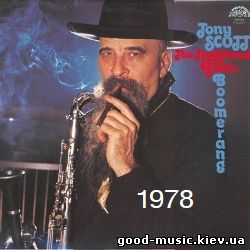
Arriving at the club, I had trouble recognizing Scott, but the clarinet gave him away. Photos on my LPs showed him with combed-back black hair, beginning to thin in the 1964 one, with Shinichi Yuize and Hozan Yamamoto, the enduringly famed Music for Zen Meditation. By the time he was visible in person he was totally bald and had a long, scraggly black beard.
During a break, I introduced myself, telling Scott how much I’d admired him and that I’d often broadcast his LPs in Philadelphia, Atlantic City, and New York. He was delighted, of course, especially to encounter an American fan in Italy. We set up a taped interview for following day. He asked to meet at the club at 7 p.m. before warming up for the 8:30 show.
You might legitimately ask what I’d do with the interview. I had no radio show and didn’t anticipate any in the future. Certainly not in Italy. With the current intention of returning to the U.S. it didn’t matter.
But I did return. And hosted a jazz program for RAI.
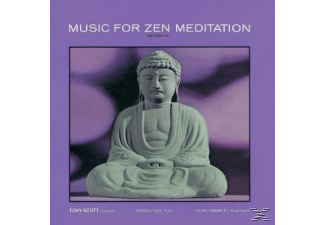
Tony and I really hit it off. He was very impressed with how much I knew about him (“How’d you get into my life ?”). And my aunt Erminie’s connection to Shinichi Yuize solidified the connection. She managed Yuize’s U.S. career for about 10 years before she passed away in 1969, having given copies of Music for Zen Meditation to potential concert presenters. It turned out to be a regular source of Scott’s income for years. He, meanwhile, had been internationally peripatetic, starting in the early ’60s with rare visits to the U.S.
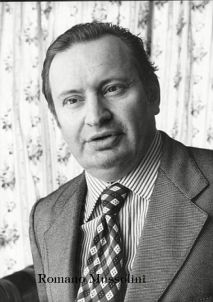
In our interview he said that he loved playing with Mussolini (of course) and that the pianist’s name sometimes got them club dates, given that people were curious about the son of the dictator (and violinist). But it was clear that sometimes that name would turn away potential audiences. Certainly there were many jazz fans in Italy; in fact, there was Il Louisiana Jazz Club in Genoa. For such people, Tony’s name meant something. He pointed out that he was actually Italian himself: “I’m Sicilian and proud of it!”—a way of challenging the idea that to be Sicilian in Northern Italy was seen as equal to being an American red-neck. Actually, Tony was Italo-American, born Anthony Sciacca in Morristown, NJ. His parents were Sicilian immigrants.
After we finished the interview, he suggested that we keep in touch, giving me his phone number in Rome, asking for mine. He also said that he’d let me know when he’d play again along my part of the Italian Riviera. Plus an invitation to drop in on him and his family the next time we were in Rome.
Mussolini sounded good. Sometimes, when he moved his head, it looked as if he was jutting out his jaw reminiscent of photos of his father.
The next spring Tony called, saying that he had a gig in San Remo, a famed festival location on the Italian Riviera, west of Genoa. He wanted to hang out and see more of Genoa the day before the gig and to meet Helga. We invited him to stay overnight in the spare bed in our office.
Arriving at our door, he had no instruments with him. “They’re in my van, under the sopraelevata.” That section of highway runs above streets in the port, teeming with trucks loading and unloading merchandise to and from warehouses or to be carted into the narrow alleys of Centro Storico where no trucks or cars could maneuver.
“Gee, I don’t think that’s a good idea,” I said. “This neighborhood is not all that safe. I’ve had our van broken into twice.”
“What did they steal?”
“Nothing. It’s totally empty.”
“You’d be better off doing what I do. Come on. I’ll show you.”
The inside of his scuffed FIAT van had broken bottles, torn cardboard cartons, a few rags, and crumpled newspapers scattered all over the inside. “No one thinks there could be anything worth stealing there, right?” he asked. “My saxes and clarinet are in their cases underneath that fake floorboard. They couldn’t be any safer.”
“But you could bring them up to our place.”
“Nah, I don’t feel like carrying them. They’ll be all right for the rest of the day and tonight I’m sure. I’ve never had any break-ins in Rome.”
While we were walking in the evening along Via San Luca, running by our Piazza, a few shops were closing, the owners pulling down and locking the iron gates as usual. During the night, by the way, hired patrolling watchmen would stop by, look in and put self-identifying slips of paper under the gates to show that they’d been there. And, as was sometimes true, as part of this evening, babbling men were clustered around a high cardboard box on the paving stones, evidently watching and participating in a card game, in which one man was flipping cards as if trying to fool anyone naïve enough to bet on winning laid-out cash waiting for a lucky winner.
“Look at that!” Tony laughed. “These guys are playing Three Card Monte. That scam is centuries old!”
Meanwhile, the five men around the box kept up a constant dialogue as if they couldn’t hear or understand anything Tony was saying. Since part the game is to make it look as if an innocent bystander has figured out a way to trick the trickster, one man turned to me with a wink to show me how he was going to win. He folded over the edge of one card. Meanwhile another man kept looking up and down the street as if checking to make sure no police were around.
“OK! Watch this!” Tony said. “That guy with the cards is going to unbend the presumed marked card and replace it so fast, you wouldn’t notice!” I didn’t notice. Meanwhile the cast of this performance kept on babbling, as if we were now a part of the show. We watched for a little longer but no real potential victim showed up.
Tony and I drove separately to San Remo. That weekend he also had a gig an hour west in Monte Carlo.
When I arrived at the small beach-front club ahead of the performance, it was clear that Romano Mussolini was not the pianist. No surprise, actually. Tony had told me that he and Mussolini sometimes had separate gigs. Backstage in the tiny dressing room, he ran an electric razor over his bald head.
Meanwhile, recorded music was playing within the club. Not straight-ahead jazz, but rather something that sounded like a saxophone electronically modified to create echoes of itself. Later, I realized that that was John Klemmer using an echoplex, a then-new concept. Tony grabbed his baritone sax and went into the club, playing his own notes to mingle with Klemmer’s. Beautiful, beautiful, beautiful, beautiful.

The last time we saw each other was in 1974 during a spring trip to Rome. Tony invited us to his house to hang out and, later, to have dinner. I met Tony’s two sweet pre-teen daughters. Nina introduced herself as “Nina Sciacca Scott” and then called over her younger sister Monica. Monica would later have a jazz singing career as Monica Shaka http://www.monicashaka.com/monicashaka/Home.html. Nina was the inspiration for “Nina’s Dance,” which Tony recorded in 1969 during one of his rare late 1960s visits to the U.S.
Their mother, Pauline, asked Helga and me if we liked Chinese food. Being Chinese, she wanted to cook some for us. What a delight! We had no genuine Chinese restaurant in Genoa, only one where Chinese cooks created something more Italian than Asian. And, except for one good Chinese meal during a visit to Bologna, there were no other Italian options about which we knew. Actually, our Italian friends were shocked that we’d eat Chinese food in what many consider the cuisine capitol of their nation.
I told Pauline that I wanted to learn to cook Chinese but that I hadn’t been able to find many special ingredients in Genoa. So she took us shopping with her to an open market filled with Asians, where we could find many elements I wanted. I loaded up. Then, preparing dinner, she taught me techniques.
Not long after, Helga and I went to the U.S. for a visit. We came back carrying extra luggage, clothing masquerading sauces, fresh ginger, and a great Chinese knife. Plus a few cookbooks. At Zurich airport there were no customs problems. And none driving across the border into Italy.
It took some doing for our Italian friends to try my new-found cooking skills. Not because it was me. But because of the alien ingredients and the strange blending of vegetables with meat or fish and unusual sauces. They were nervous and only on reflection, delighted.
As for Tony, when we left his sweet family and his warm hospitality he gave us his newest LP, one side his, one side Mussolini’s; he was trying to market it during gigs. It sounded great but I had no idea how I’d ever broadcast it. I did so a few years later, though. On Italian radio.
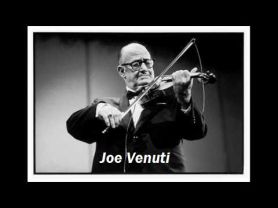
That fall another famous jazz musician had a gig in Genoa. He, too, was Italo-American. Actually he might have been born in Italy. Joe Venuti was not only a legendary violinist; he was also renowned for varying his stories about where and when he was born. Lecco, Italy (not far from Milan) was one such place. Another was on board a ship heading to the U.S. And Philadelphia was often mentioned. The years? 1896 to 1904. Whatever the exact year was, the real one, he was close to my father’s age.
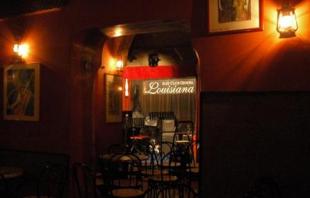
When he came to town to play at Il Louisiana Jazz Club in January 1975, I had had no jazz show for several years and was not following what was going on in jazz. Most of what I knew about him went back to the Paul Whiteman/Bix Beiderbecke days, although I did have his 1960 Golden Crest LP of Gershwin’s music with pianist Ellis Larkins. There had been a major comeback in his career, stretching back several years.
I later learned that he had two 1970s recording sessions in Milan with Italian musicians. One session featured three performers with him the same year we met: Paolo Tomelleri on tenor, Tony Parisi playing bass, and drummer Giorgio Vanni. Also present were Nando DeLuca at the piano and Gianni Coscia with his accordion. (I kept written notes.)
Venuti talked about his early days and about how he came up with the idea of playing jazz on the violin. According to his story, he’d been on the last stand in the second violin section of the Philadelphia Orchestra in 1921 (“about age 15”) studying with concertmaster Thaddeus Rich and felt that didn’t look like a promising career, causing him to be interested in a popular music career. Was that true? He didn’t seem to remember that Stokowski was the conductor. And to not remember one of the most famous conductors ever seems odd. Note: Venuti’s history would mean that he had been there four years before my father joined the Orchestra in 1925.
Of course, we discussed Venuti and Eddie Lang’s influence on the Stephane Grappelli/Django Reinhardt groups about 10 years thereafter. I pointed out that I regularly heard Grappelli’s recordings on nearby Radio Monte Carlo, but never heard Venuti’s. His only comment was that he thought Grappelli always sounded great.
Other jazz musicians who turned up were Stan Kenton and his orchestra for a one-night stand. I went backstage, proud of being a hip American who knew their music and knew the city. Backstage, I asked some band members if they’d like to see some of the city sights. “Nah. Just tell us where there’s a good restaurant near here,” the bassist said. A classic story. A one-night gig. Who’s got time for tourism?
GS on stage. Not on the radio.
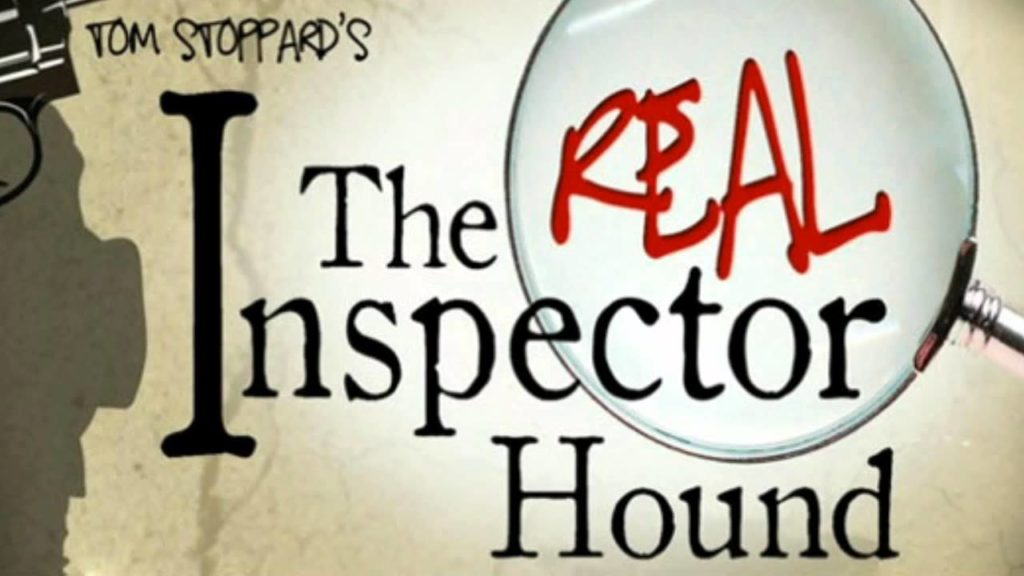
In 1974 I actually performed myself. At Genoa’s British Club. It came about through fellow-American Don Ferguson who had been a teacher with me at The British School. Don knew the Club manager. The two of them thought it might be rather droll to stage a one-evening club performance of Tom Stoppard’s one-act The Real Inspector Hound. The manager drafted a few club members to take supporting roles, while Don and I played the leads, with, of course, acceptable English accents. My role: Moon. Don’s: Birdboot. No director. It was quite informal. The audience included a few fellow-teachers and others from The Overseas School (more about that later). Certainly, given that Genoa was a major seaport, there had been other native English-speakers in town to swell the scene. All in all, about 20 people sat around us in comfortable chairs and on sofas to witness our endeavor. Were we any good? Possibly. There were no reviews to stir any recollections now.
That was the only time in Italy that I had an acting role.
There was a brief, tentative attempt to be on the radio. Helga and I frequently listened to Radio Monte Carlo, whose multiple signals were both in French and Italian. Mostly we loved the jazz on the French station. I’d had a wild fantasy that I could become a d.j. on the Italian station. And the headquarters, after all, were not very far away, west of the Italian Riviera, 180 or so kilometers, about two hours on an Autostrada. Why not? I was an experienced jazz d.j. with a good library of LPs which had been shipped to us by then.
So, after a phone contact in the summer of 1973 with station director Noel Coutisson, I got an invitation to drop by and bring an audition tape. I slapped it together the best I could, using my LPs and recording my voice on the only recording equipment at home, a cassette deck.
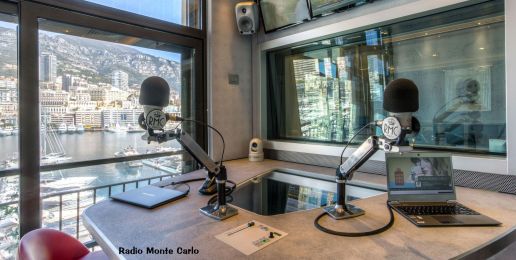
The station was as elegant as any I’d ever seen, recalling my visit to the broadcasting Oz of WNEW about 15 years before. Coutisson, speaking impeccable English, was very friendly and courteous, asking if I’d want to settle in Monte Carlo, should he think that I’d fit in on his station. The idea of living in that slick, high-rise-dominated city didn’t feel all that attractive, really. It had none of the personality of everything I loved about Italy. I didn’t say so, though. I said that I was more interested in having a show once a week, since a daily drive each way of two-and-half hours would be hard to manage.
I left the tape, and he promised to get back in touch with me. After we parted I stopped in one of the many nearby casinos where I won 40 francs, about $18. (Monte Carlo is geographically and culturally most tied to France.)
Coutisson never contacted me and I never followed up.
In the audience
As for Italian radio, it never went further than listening (until 1979 when I had my own weekly taped jazz show on a Genoa station). We often enjoyed classical music programs on RAI 3 where that was the feature.
When starting to listen, we also were amused and entertained by RAI 2, which had quite a variety of programs. Most fun were easy-to-understand talent contests and quizzes with live audiences. “Corrida” had amateur singers whose audiences cheered or jeered contestants, then voted for the winners. In “Le piace il classico” contestants had to answer questions about classical music. Mendelssohn’s “Italian” Symphony was the show’s theme music.
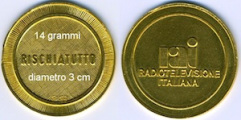
Both had prizes in gettoni d’oro (gold tokens). Since Italian law prevented gambling (uh-huh) no government entity, such as radio, could pay in cash. So the prizes (200,000 lire in one case, ca. $250 at the time, worth $1,425 in 2015) were in gold coins equal to that value in gold at the time of the award. The award would not be sent until six months later, when the recipient could sell the gold at the then-current price. Selling to the Bank of Italy was not advised; it didn’t offer good rates compared to private/business buyers. These complications were characteristic of the baroque Italian ways of doing things, given fractured history and separate regional identities, where independence and individuality were prized.
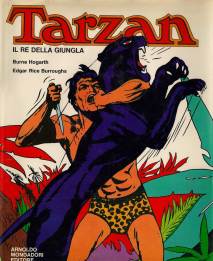
My favorite was a radio play designed, it seemed, to teach English. The first episode of Tarzan mixed a cartoon-like dramatization with sound effects and music, involving occasional interspersing of English phrases in the narration, where the action stopped and a woman narrator said, for example, “Tarzan was the son of an English lord,” followed by a male narrator, “Tarzan era un figlio di un lord inglese.” Then she and he took turns repeating each word several times, adding such enrichments as “son, daughter” (pronounced “dowter”) “figlio, figlia.” Other useful English phrases included “The father of Tarzan was sailing to Africa” “Il padre di Tarzan navigava verso l’Africa,” supplemented by repetitions of “mother-madre” and “a sailor saved the parents of Tarzan” “un marinaio salve i genitori di Tarzan.” Actually, none of these three translations was completely literal, as it turns out. The villain of the piece was growling “Black Michael,” who spoke only Italian. Tarzan narrated in Italian as, well, as if an old man. The show ended with a rock song in English with a young male voice singing “My name is Tarzan.” I could find no source for it online. Years later there was such a song in Disney’s 1999 Tarzan. The naiveté of the whole radio show was such fun.
There were other radio plays and many deliberately back-to-back commercials in clusters, often read by men and women duos. The cluster concept was very common in state-run broadcasting in much of Europe then.
Il Teatro Comunale was a short walk away from our apartment through the narrow alleys and streets to Via XX Settembre. There, because I was a journalist, press tickets were available for a performance by Genova’s Teatro Comunale Opera Company of Giordano’s Andrea Chenier. Carlo Bergonzi was the visiting star. I’d always admired his recordings but neither of us was much devoted to live opera, often finding staging and acting stilted and forced. So we couldn’t help laughing at Bergonzi’s hammy movements, despite his fine singing. That didn’t endear us to people sitting nearby. But we loved the music.
Another time we went to a concert there by l’Orchestra Sinfonica di Genova. Stravinsky’s Rite of Spring was on the program. What we most noticed was how the string sections never bowed in unison. It seemed so Italian to be independent and personal. The sound was OK.
One of the first movies we saw in Genova was Gli insospettabili (The Unsuspected Ones) starring Laurence Olivier and Michael Caine. It was actually Sleuth. The dialogue was all dubbed into Italian and we understood virtually none of it. We did enjoy a toothpaste commercial, though, before the feature started. It was for Close Up, pronounced in the voice-over as Cloh-zay Oop.
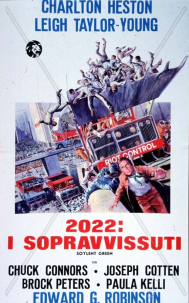
In the next couple of years, more fluent in Italian, we saw two other dubbed films. Hitchcock’s Frenzy, which kept the title. We exited the theatre truly shaken. And I Sopravvissuti (The Survivors) a.k.a. Soylent Green, equally understandable and disturbing.
(more excerpts)
I was fired at The British School when another American teacher and I tried to organize the staff into a collective group to get better pay. I succeeded, however, in keeping many of the people I’d taught as my personal clients.
I also started teaching at The Overseas School where children of American, English, and others took classes. It was only as a substitute but I loved every minute and decided that that was what I wanted to do with my life. When there was a staff opening it was not offered to me but to a young Englishwoman who’d been teaching at The British School. I was told that one main reason for choosing her was because she had a teaching certificate which I didn’t have.
I could have gone on being a substitute, of course. Instead, Helga and I decided to return to the U.S. so I could get a teaching certificate, with plans thereafter to return to our beloved Italy. We did come back. But only as visitors.
We took a passenger freighter to New York, bringing along only essential household goods in the hold. Most of my LPs, for example, were left in storage.
Why New York? Helga’s former boss had said, when we had left for Europe, that there would always be a job for her with him should she want it. She contacted him and he affirmed his offer.


